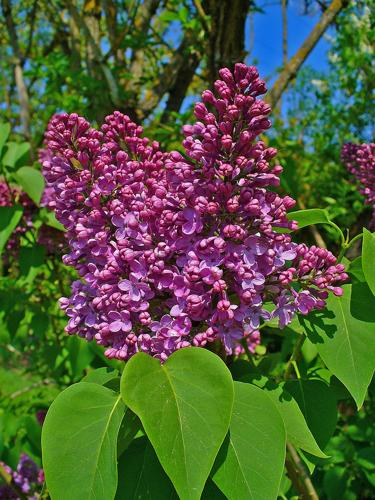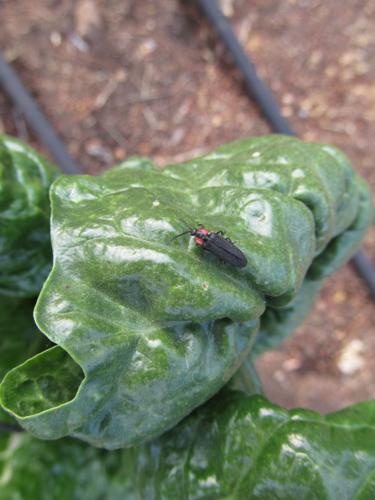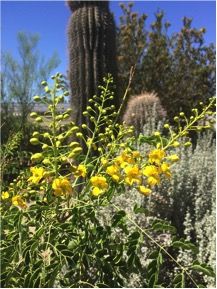Q: I plan to buy a 15-gallon fruitless olive tree. Please tell me how much water daily or weekly it should be given once planted. The irrigation system in place for shrubs and trees comes on Monday and Friday for one hour. There are two black adjustable 10-gallon emitters where the tree will be planted. If the tree requires daily watering instead of the two days, I can water with a hose. When the temperature increases to 90 and higher, the irrigation system waters Monday, Wednesday, and Friday for two hours.
A: Olive trees should receive water every seven to 10 days in the summer to a depth of 24 to 36 inches. In the spring and fall, you can water every 10 to 14 days and in the winter, you can water every 14 to 21 days. Typically, two emitters can supply new trees as you described. As trees get older and their root zones increase in size, adding an emitter to the increasingly wider circle of drip irrigation would be appropriate every few years. The depth of irrigation can be measured with a soil probe. The schedule you are using now is watering too often and will encourage shallow root growth that will be more susceptible to our blast furnace summer heat.
Q: My husband pruned two of our Mexican bird of paradise shrubs way down. Only one came back and is doing nicely. We have watered and used Miracle Grow fertilizer on the other one but nothing happens. Will it come back next season or do we need to replant a new one?
A: If you aren’t seeing any new growth by now, I suspect it’s a goner. You can scratch the surface of the branches to see if there is any green beneath. The good news is you can probably plant new ones from the seeds of the one that is doing nicely. The Mexican bird of paradise (Caesalpinia mexicana) is one of three species that grow in our area. The other two are the yellow (Caesalpinia gilliesii) and red (Caesalpinia pulcherrima) birds of paradise. A good time to prune is once blooming is finished. If you cut them too short, you risk killing them. Try just cutting back the top third next time to be safe. The flower stalks on all three species may be removed to prevent seedpods from forming and to reduce the likelihood of volunteer seedlings. If the pods are left on the plant to dry and split, the seeds can be thrown a surprising distance. The red bird of paradise dies back to ground at temperatures below freezing. It generally regrows in spring, from the ground and the dead parts can be pruned to a few inches above the ground in late winter. Mulching the base in colder areas may protect the plant’s crown until spring.
Q: I have a lilac bush, which I purchased from a mail order company. It is about 12 years old, and it has never bloomed a single flower. It grows larger each year and has lush green foliage. I have given it fertilizer but nothing seems to help. What am I doing wrong?
A: The common lilac (Syringa vulgaris) is a favorite in many places so I understand your desire to grow them. Unfortunately, your place might not be suitable. Lack of blooms is usually related to one of six causes: the age of the plant, temperature, alternate flowering, light, nutrition, or pruning practices. In your situation, I think the likely problem is temperature. Lilacs require a certain amount of cold to trigger blooming, also known as vernalization. We don’t usually get enough cold in Southern Arizona for this plant to bloom unless you live at higher elevations. There are lilacs at the Santa Rita Experimental Range near Green Valley than have been monitored for bloom times by the USA National Phenology Network for many years. The elevation there is approximately 3,714 feet above sea level. You can check their web site for details if you are interested: usanpn.org/nn/lilacs
In downtown Tucson, where the elevation is closer to 2,389 and winter is barely recognizable, it’s too warm.
Q: Would you share your thoughts on this newest visitor to the garden? He/she has increased in numbers over the past weeks and I have yet to determine which plant is part of their meal choices.
A: The insect, Pyropyga nigricans, is a firefly species without a light. These are predatory insects and are garden helpers so you’re lucky to have them.






